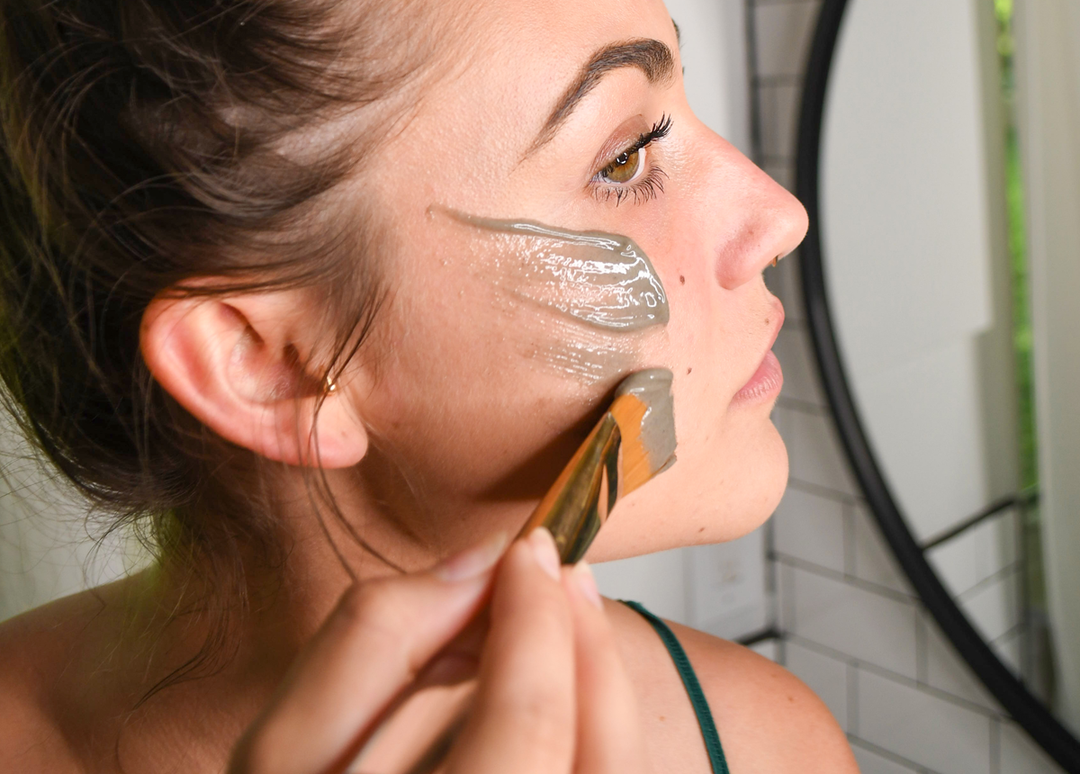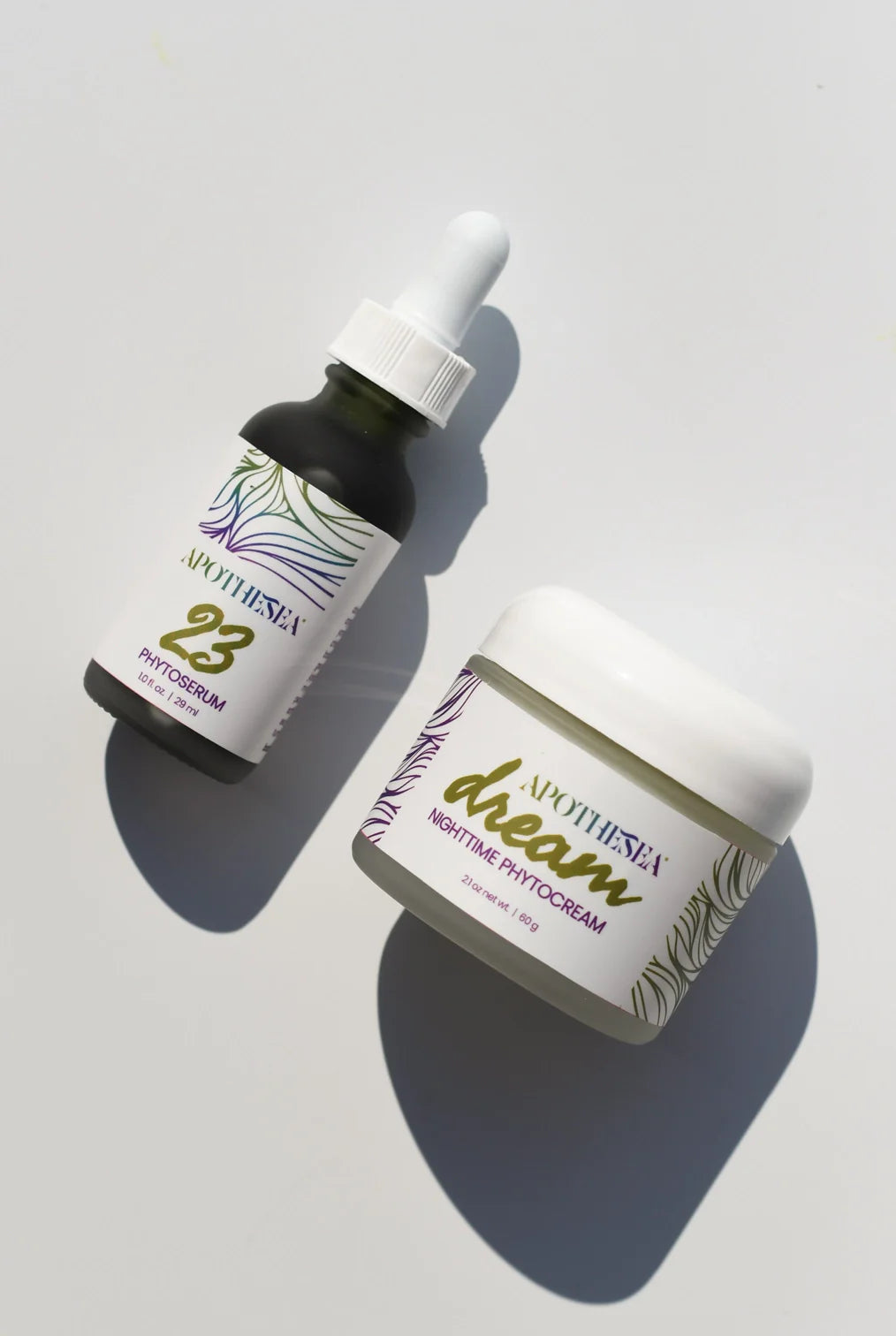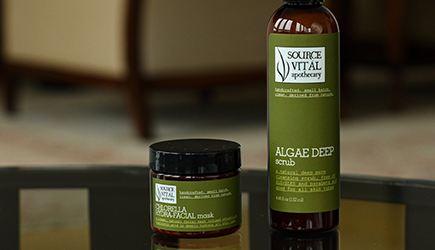What to Look for in a Natural Sunscreen: Your Ultimate Guide to Sun Safety
Are you tired of all the harsh chemical sunscreens? We know we need to wear sunscreen daily to protect and preserve the skin we’re in, but what happens when most of the sunscreens on the market are not only irritating to the skin but also potentially harmful to our bodies?
It may be time to consider making the switch to a natural sunscreen.
What Makes a Sunscreen “Natural”?

What sets natural sunscreen apart from the average formula, you ask? The fact that they are free from ingredients that are considered to be harmful to the environment or you. The term “natural sunscreen” is used to refer to physical sunscreens that use minerals such as titanium dioxide, zinc oxide or both as active ingredients.
While chemical sunscreens absorb the sun’s ray, the minerals in natural sunscreens protect the skin by creating a physical barrier that deflects the sun’s UV rays. Natural mineral sunscreens are the best alternative to chemical sunscreens and offer the highest form of protection from UVA and UVB rays.
The major difference between chemical and mineral sunscreens is that mineral active ingredients sit on the surface of the skin, while chemical sunscreens are absorbed into the skin and bloodstream.
What to Look for in a Natural Sunscreen
When you’re shopping for sunscreen, it’s easy to get lost in the list of ingredients. With so many different brands of sunscreen to choose from, there are a few things to keep in mind when choosing a natural formula.
Mineral Formula
Mineral sunscreens are an extremely effective form of UV protection. The label should clearly state active ingredients, typically zinc oxide and titanium dioxide, to offer the most efficient full-spectrum protection against the sun’s rays. It’s important that you look for a mineral sunscreen that contains a high enough percentage of zinc oxide to be effective. For every one percent of zinc oxide, you get 1.6 SPF units. The higher the zinc, the higher the SPF, so the more zinc the better. The formula for titanium dioxide is similar.
It’s a good idea to choose a formula that has both ingredients to ensure that you are getting the best broad-spectrum coverage.
If you want a more cosmetically appealing sunscreen, we suggest a formula where the minerals are micronized. These formulas are easier to apply and won’t leave a chalky finish, while still creating that important physical barrier. To ensure that the product isn’t absorbed into the bloodstream, look for non-nano formulas.
However, beware of products that claim to be formulated with organic materials. While they may look good on the outside, that doesn’t mean it’s safe to use. Big manufacturers will do anything to sway customers into buying their products, so you need to be smart when choosing a sunscreen to make sure you are getting the best product for your skin.
SPF of at least 30

The Sun Protection Factor (SPF) measures how effective a sunscreen is in filtering harmful UV rays. For everyday use, you should apply a sunscreen with an SPF of at least 30, meaning that it would take 30 times longer to burn than it would by not wearing any sunscreen at all. Sunscreens with SPF 30 block nearly 97-percent of radiation, effectively protecting the skin.
Now you may think that sunscreens with a higher SPF should offer more protection from the sun’s damaging rays, right? Yes, but there is a caveat. When a sunscreen has above SPF 50, the increase in protection is minimal. Products with very high SPFs may also encourage individuals to neglect other protective behaviors, like staying in the shade or wearing a hat. These high SPF products can create a false sense of security, prompting you to stay out in the sun longer.
No matter the SPF factor, make sure that you are reapplying sunscreen every 80 minutes while out in the sun.
Paraben & Fragrance Free
If your skin is sensitive and reacts easily to certain ingredients, products that contain parabens or fragrances can wreak havoc. When it comes to sunscreen, we recommend finding ones that do not use these ingredients.
Fragrances can cause allergic reactions and irritate the eyes, while parabens, which are used as preservatives, have been linked to coral reef damage and increased risk of cancer and hormonal disruption. These chemicals can be found in many beauty products and should be avoided.
Mineral sunscreens offer protection for your skin, just without the added ingredients that can cause damage. Choose a sunscreen brand with the fewest chemicals and you will be good to go.
Environmentally-Friendly
Lastly, you want to make sure your natural sunscreen doesn’t harm the environment.
Sunscreen enters the aquatic environment one of two ways: indirectly from water treatment plants after it has been washed off by individuals at home, or directly washing off from swimming. Sunscreen is a source of constant pollution to the environment and has a huge effect on marine life. Thus, it’s really important to find an environmentally-friendly sunscreen.
Look for a sunscreen with a biodegradable formula that is marked as reef-safe and eco-friendly. Not only will you be protecting the ocean and marine environments, you will save your skin from harmful chemicals and radiation.

Best Practices
While sunscreen offers protection against damaging UV rays, we need to go over a few tips and tricks before going out into the sun.
- Always remember to reapply sunscreen approximately every two hours, or after swimming or sweating.
- When it comes to sunscreen, less is NOT more. The classic rule of thumb is to lather on about a shot glass worth, or one ounce, of sunscreen to cover the whole body.
- A cloudy day is not a sunscreen hall pass. Sunscreen should be worn every day, regardless of the weather outside, as UV rays ca penetrate through haze and fog. The cloudy days are usually when we get the most sun.
- Don’t count on sunscreen for total sun protection. Wear protective clothing, such as shirts, hats or pants when out in the sun. Or find a tree to lay beneath.
- Sunglasses aren’t just a fashion accessory. They actually protect your eyes from UV radiation that can cause cataracts.
- And always reapply every 80 minutes of sun expose!
Anything we missed? Leave your comments below.








Leave a comment